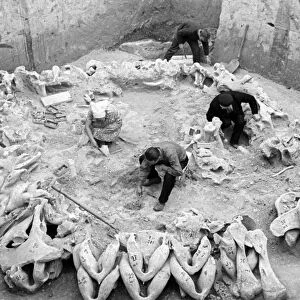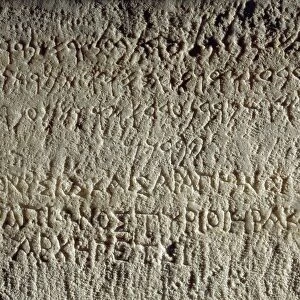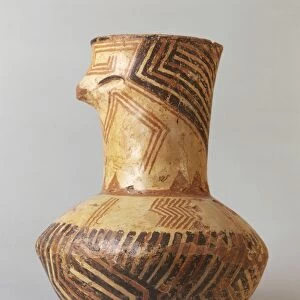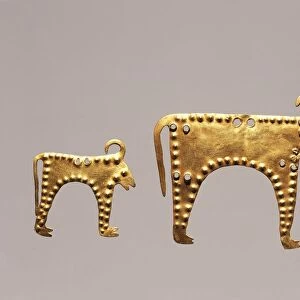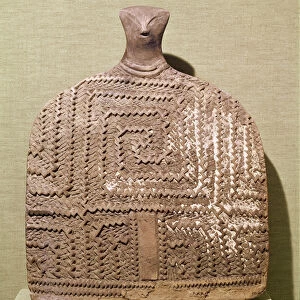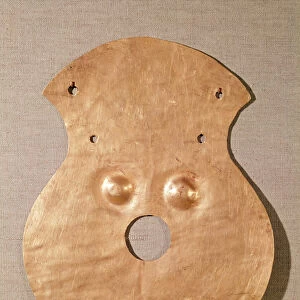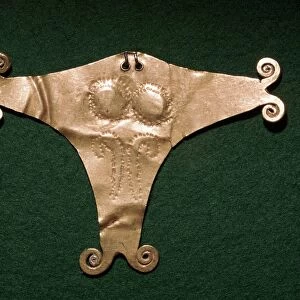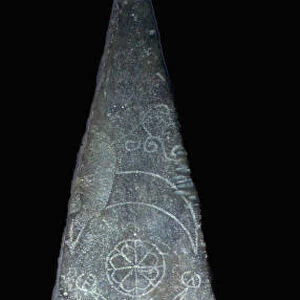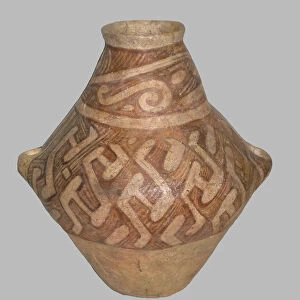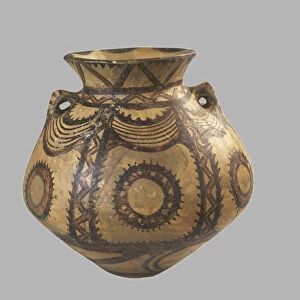Home > Universal Images Group (UIG) > Art > Archeology
Tunisia, Carthage, Punic civilization, Carthage, Tophet, Votive stele with an inscription to Goddess Tanit
![]()

Wall Art and Photo Gifts from Universal Images Group (UIG)
Tunisia, Carthage, Punic civilization, Carthage, Tophet, Votive stele with an inscription to Goddess Tanit
Punic civilization - Tunisia - Tophet of Carthage - 4th century b.C. - Votive stele with an inscription to Goddess Tanit
Universal Images Group (UIG) manages distribution for many leading specialist agencies worldwide
Media ID 9511445
4th Century Bc Ancient Art Ancient Religions Archaeological Museum Black Background Carthage Civilization Goddess Inscription Near And Middle East Paleography Phoenician Religions Slab Stele Stone Tunis Votive Tanit Tophet
EDITORS COMMENTS
This print takes us back in time to the ancient city of Carthage, Tunisia. The black background enhances the historic significance of this studio shot, showcasing a remarkable artifact from the Punic civilization. Standing tall and proud is a votive stele dedicated to the revered Goddess Tanit. Carved meticulously on this Phoenician slab is an inscription that speaks volumes about the beliefs and practices of this ancient civilization. The vertical stone sculpture exudes a sense of power and mystique as it stands alone, representing centuries-old traditions and religious devotion. Displayed within the Archaeological Museum in Tunis, this single object serves as a window into an era long gone but not forgotten. Its paleography offers valuable insights into ancient religions prevalent in the Near and Middle East during the 4th century BC. As we gaze upon this image, we are transported to a time when Carthage thrived as one of history's greatest civilizations. This print captures not only its artistic beauty but also its cultural significance. It reminds us of our shared human heritage and how our ancestors expressed their spirituality through art. Let us marvel at this extraordinary piece from Musee National du Bardo, appreciating its historical value while acknowledging that it represents more than just an archaeological relic – it symbolizes our collective journey through time.
MADE IN THE USA
Safe Shipping with 30 Day Money Back Guarantee
FREE PERSONALISATION*
We are proud to offer a range of customisation features including Personalised Captions, Color Filters and Picture Zoom Tools
SECURE PAYMENTS
We happily accept a wide range of payment options so you can pay for the things you need in the way that is most convenient for you
* Options may vary by product and licensing agreement. Zoomed Pictures can be adjusted in the Cart.


